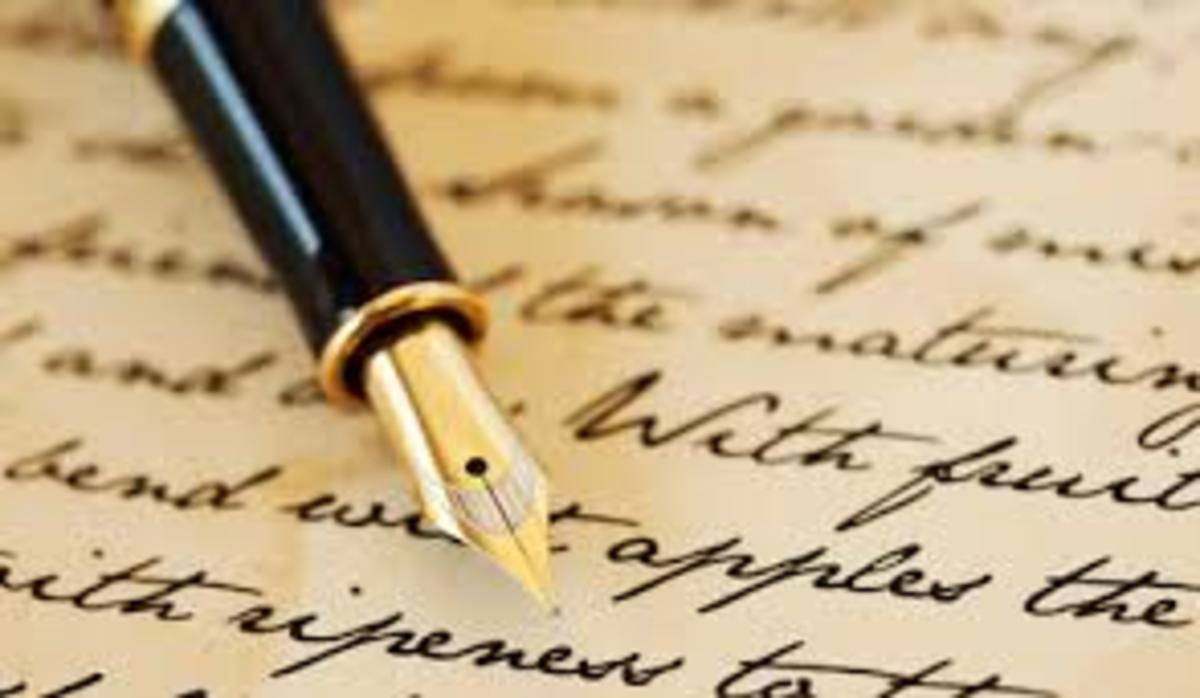Release your creativity

Your creativity is limitless. You have amazing creative potential, but sometimes we need a little boost to get our creative juices flowing.
The first thing to keep in mind is to get rid your inner critic and to let ideas and thoughts flow freely without censorship. Unexpected, strange, complex and simple ideas can all produce amazing results. So don’t get discouraged, don’t be hard on yourself and don’t criticize your creative process. Open yourself up and let your intuition guide you.
Schedule some writing time in your agenda. You are more likely to sit down and write if you make a habit of planning out a regular time period every day or every week. Give yourself the goal to write for at least 15 minutes at each of these sittings. If you don’t know what to write you can just write down: I don’t know what to write right now, I feel blocked and it is going to be long to fill half a page, but I am going to keep writing because inspiration is going to come at any moment now. This will give you discipline as a writer, and it will flex your creativity muscle.
Try an exercise in free association. Start with a word. Any word. What is the next word that naturally flows from that first word? Build a chain of words, ideas and concepts associated with that word. For instance, take the word fashion. Fashion. Clothes. Trends. Beauty. Models. Advertisement. Money. Power. Women. Men. Glamour. Make-up. Industry. Magazines. Media. Body. Standards. Events. Outings. Shopping. Runway. Couture. Perfume. You can do this with any word. You will find that some starting words are very inspiring and lead to very long lists of associations, whereas others will run dry after only a few words. This can help you identify topics that are stimulating and inspiring to you.
Carry a note-book with you at all times. This way you can jot down funny stories, your observations, the things heard and most important of all those amazing flashes that you get, but sometimes have forgotten by the time you got home.
Use the people around you to stimulate story lines. When you are sitting on the bus, standing in line at the grocery store, or waiting to be served in a restaurant, look at the person in front of you and try to imagine what that person’s day was like. What does it feel like to be in their shoes? Where are they going after they leave here? Where were they before they arrived here? What are they thinking about right now? What are their relationships like? Are they happy? What does their home look like? Use available cues such as their garb, their facial expressions, items they are buying or ordering to enrich your story-line.
Use visualization as a creative tool. Start by relaxing. Quiet your mind, and close your eyes. Let your breathing flow naturally. Now picture a place in your mind. Maybe it’s a house. Now start building a whole world around that first idea. Try to imagine every detail about this place. Use your sense to really make the place materialize in your mind’s eye. Is it a big house? What color is it? What does the door look like? Can you see the details in the carvings on the door? What does the landscaping look like around this house? Try to imagine as many details as you can. In your next visualization, go back to this “place” and expand on the original vision. Decorate each room in the house and vividly imagine the furniture, the objects in each room, materials and textures. You can add a pond in the garden. And add colourful fish in the pond. You can repeat this exercise as often as you wish, always building on the original idea each time you go to your “place”.
Brainstorm about topics that might be interesting for you to write about and for others to read. Make a list of anything you can think of that could make for an interesting story or article. Don’t discard anything yet. Write down everything that comes to mind. Then look at your list and eliminate five ideas that don’t seem so captivating. Next choose which one’s you’d like to start writing about first.
Take out your camera and go out for a walk around town. Take pictures from interesting angles, pay attention to the details in your surroundings, choose a color theme and take pictures of many different things that fit your color scheme. Take one picture and build a story of pictures that go with your first picture. For instance, if your first picture is business man with his briefcase, then you might want to take a picture of a high rise, taxis and cars in traffic, money, newspapers dispersed on a table in a coffee shop, and other things that fit your original scheme. What story can be told about these pictures? Is it about a successful business man who is time-pressed, obsessed with power and leads a lonely life? Does he face a turning point in his life today that will bring him to evaluate the way he is living?
Keep track of your dreams. Set your alarm 20 minutes early. Hit the snooze button when it goes off the first time and try to go back to sleep. The easiest dreams to remember are often those which occur just briefly before we wake up. When the alarm starts ringing again, turn it off and keep your eyes closed. Try to remember what you were just dreaming about. It may only be a vague impression at first, but it will get easier the more often you do this. Then open your eyes and write down your dreams in a journal. By doing this every day you will have a plethora of ideas to stimulate story lines. If you don’t dream much or can’t seem to remember your dreams despite the exercise suggested above, set an intention to have and remember your dreams every night before you go to bed.
Take on a new role. Imagine you are a famous, well-known person. Who would you be? What would this person write about? What story do they have to tell? Write a piece as if you were this person.
Ask yourself silly questions about common things and events. What would happen if a man on the bus stood up and started singing? How would people react if their male boss came in wearing a tutu at work? Who would I meet if I would just hop into an occupied taxi? Use any common day to day situation and turn ask yourself what would happen if people started acting out of caracter, and out of expected social norms.
Now grab a pen and paper, or open up a fresh page on your computer and let the creativity flow!






